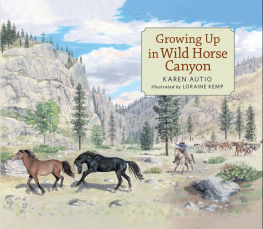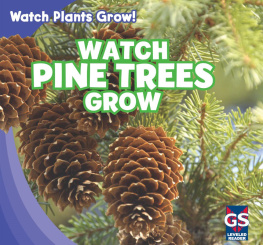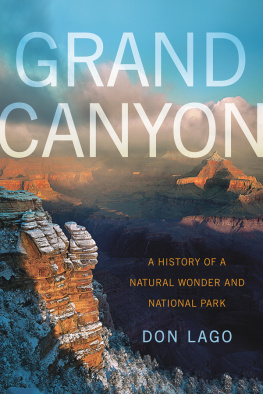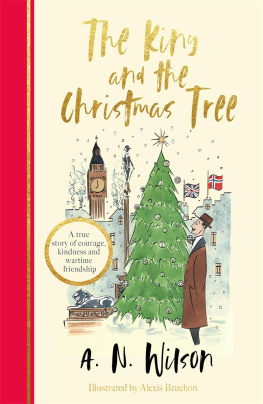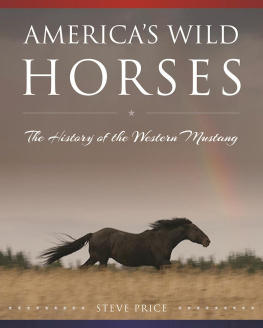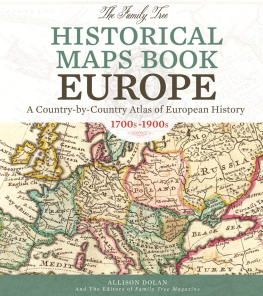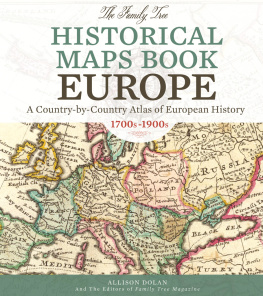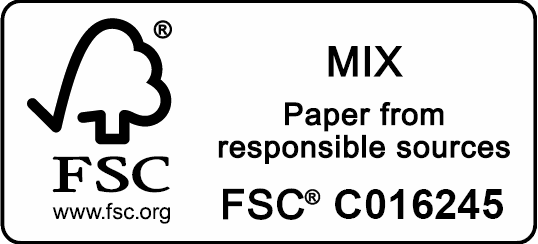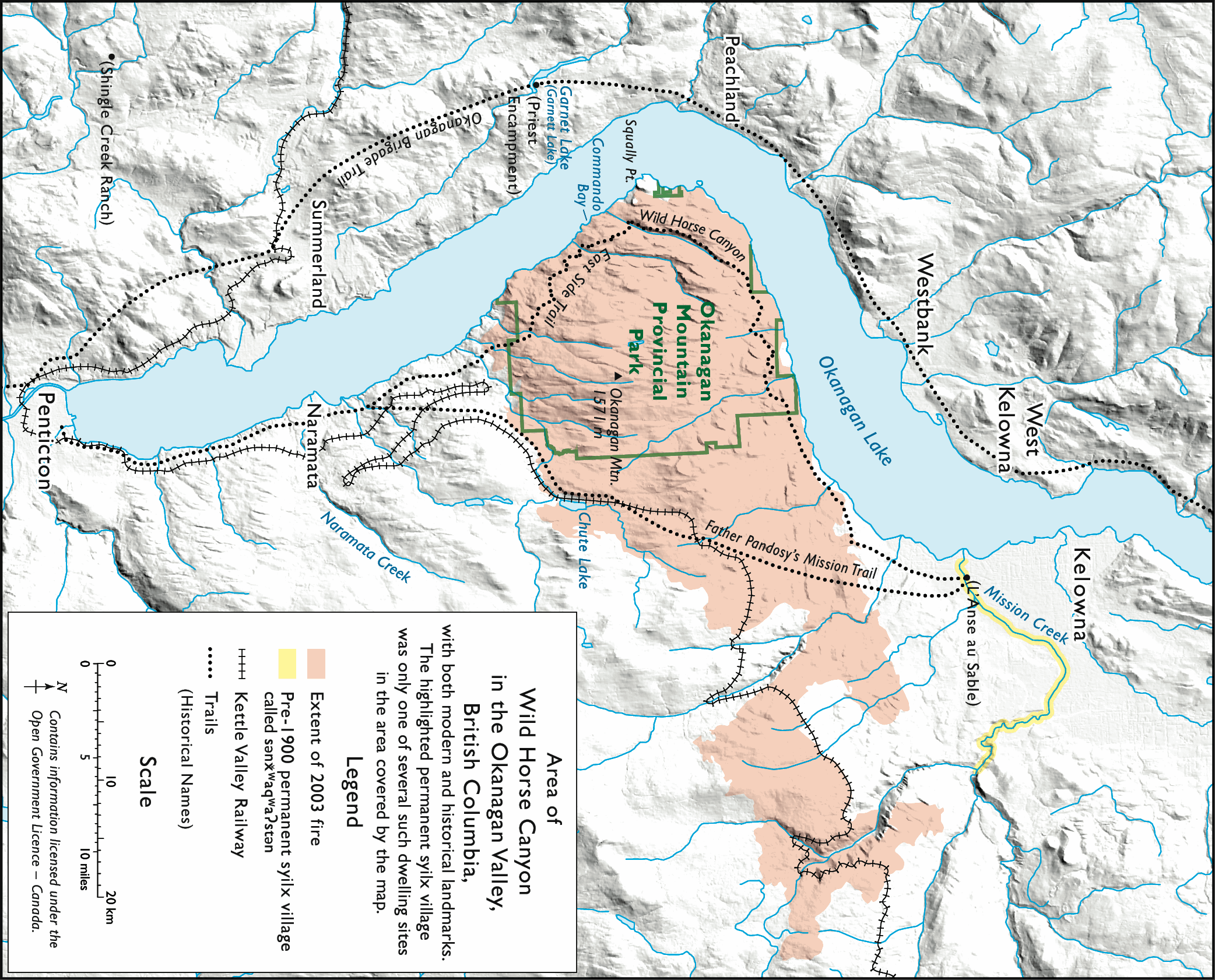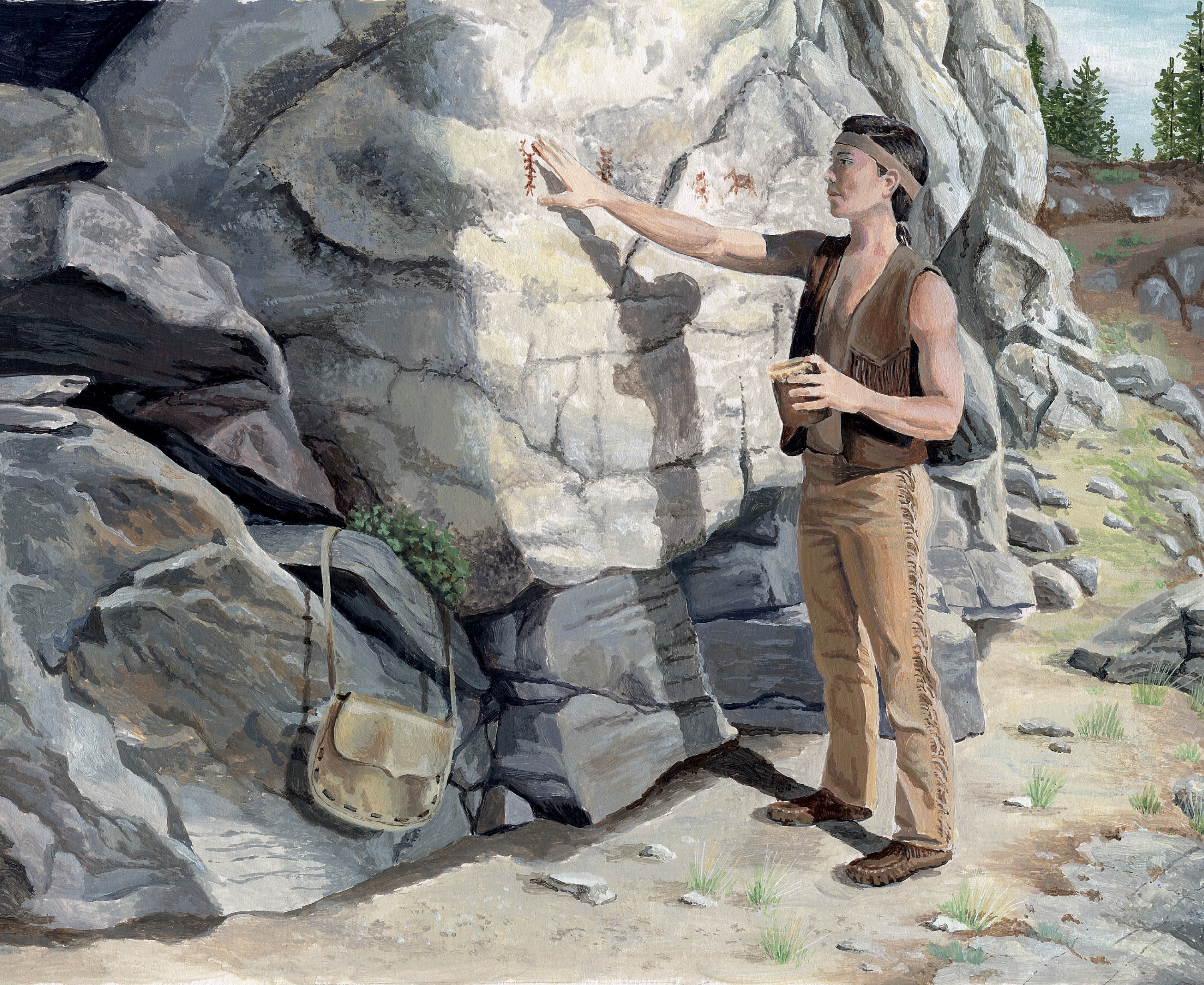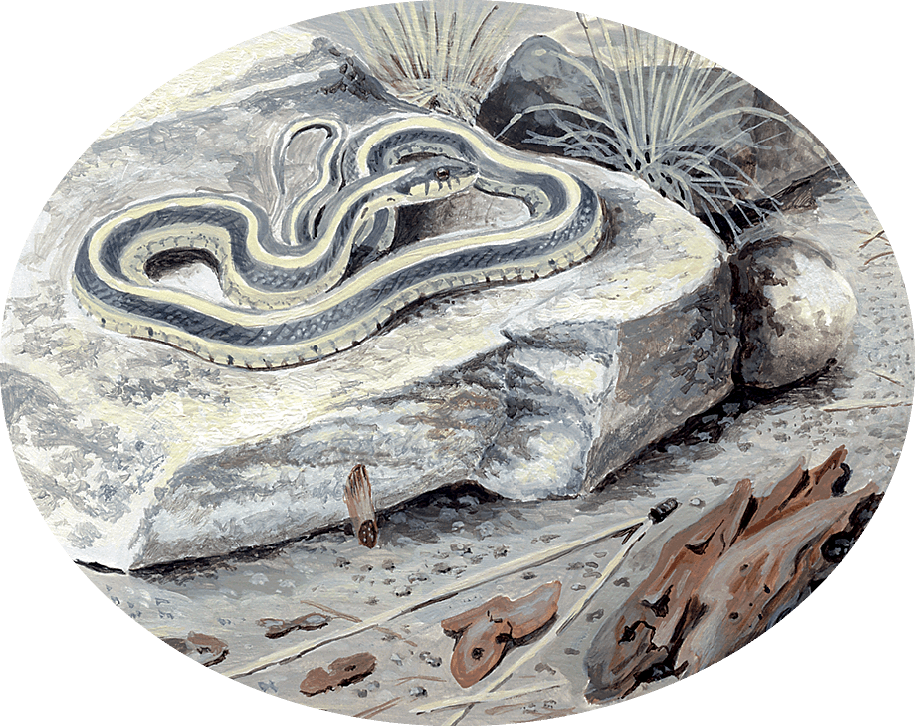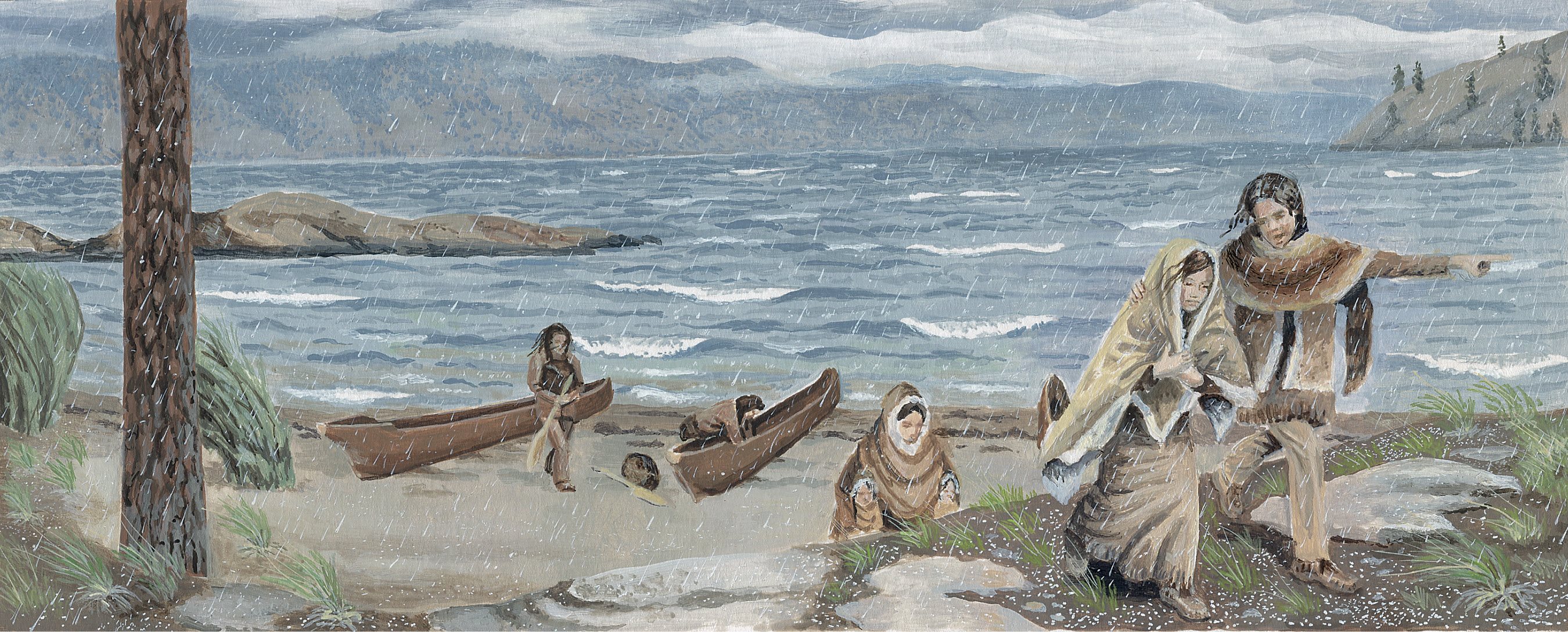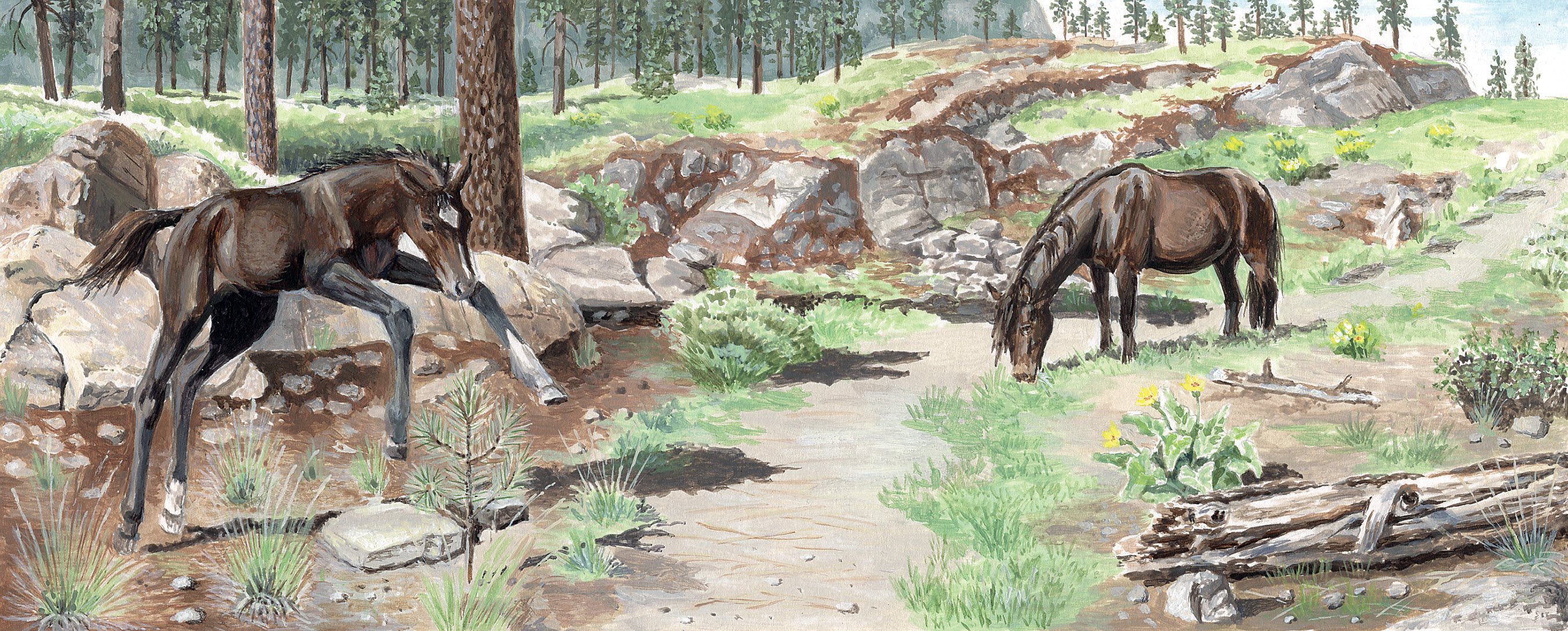Growing Up in
Wild Horse Canyon
KAREN AUTIO Illustrated by LORAINE KEMP
Text copyright 2018 Karen Autio
Cover and interior illustrations copyright 2018 Loraine Kemp
library and archives canada cataloguing in publication
Autio, Karen, 1958, author Growing up in Wild Horse Canyon / Karen Autio; illustrated by Loraine Kemp. Issued in print and electronic formats. ISBN 978-1-77533-190-2 (hardcover). ISBN 978-1-77533-192-6 (EPUB). ISBN 978-1-77533-191-9 (PDF).
Okanagan Valley (B.C.)HistoryJuvenile literature. I. Kemp, Loraine, illustrator II. Title.
FC3845.O4A98 2018 j971.1'5 C2018-903825-X C2018-903826-8
All rights reserved. No part of this publication may be reproduced, stored in a retrieval system, or transmitted, in any form or by any means, without the prior written consent of the publisher, Crwth Press, or a licence from The Canadian Copyright Licensing Agency (Access Copyright). For an Access Copyright licence, visit www. accesscopyright.ca or call toll free to 1-800-893-5777.
Edited by Laura Peetoom Copy edited by Dawn Loewen Proofread by Audrey McClellan Editorial advising by Jordan Coble Cover and interior design by Frances Hunter Maps by Paperglyphs
Published by Crwth Press #204 2320 Woodland Drive Vancouver, BC V5N 3P2
orders@crwth.ca www.crwth.ca
Printed and bound in Canada
Crwth Press is committed to environmentally sustainable practices. This book is printed on Forestry Stewardship Council (FSC) paper.
Dedicated to the syilx people, on whose lands this story unfolds, in celebration of the beauty of creation and history of place
Glossary and Pronunciation Guide for Syilx Words
Note: nsyilxcn , the syilx language, is itself a protocol teaching what it means to be sqilx , including the belief that all living things are equal. This book follows the syilx protocol of not capitalizing nsyilxcn words that might be capitalized in English. For pronunciation guidance, see Colville-Okanagan Salish Alphabet Song on YouTube.
enowkin (nawqn)
enn-ow-kin
process of getting to the root of an issue by establishing clarification, conflict resolution, and voluntary participation in a group setting; this process fosters the idea of establishing the best solutions through respectful dialoguecreating consensus
nxaxitk
nn-ha-a-eet-koo
sacred spirit of the lake
snxaqastn
sen-hwa-qwa-sten
place where arrowheads are shaped, referring to specific dwelling sites for thousands of people spread out along what is known today as Mission Creek in Kelowna, B.C.
sncwips
sen-ch-wee-ps
phrase describing how the syilx/ Okanagan peoples collections, including
language, stories, and oral histories as well as three-dimensional and tangible objects, tell of their history and time on their lands; basically, a more inclusive way to refer to their heritage based on their perspectives as First Nations people
sqilx
skay-lo-heh
a term meaning the people; a derivative of stlsqilx , which refers to the original inhabitants of the syilx/Okanagan region
suwikst
soo-week-st
place where harsh weather, often including thunder and lightning, occurs (area in which Okanagan Mountain Provincial Park is located)
syilx see-yeel-heh used to describe the entire nation of nsyilxcn-speaking people, incorporating the many districts and
places in which they live; commonly understood as the action of weaving many strands to make one strong
whole
satqp
s-at-qwa-el-hehl-p
ponderosa pine tree
xatik
hwa-teek
syilx place name for what is com-
monly known as Wild Horse Canyon, referring to the path that goes alongside or parallel to the lake there
uknaqn
ook-na-kane
one of the districts within the entire syilx nation, specifically referring to the sqilx who inhabit the territory known as the Okanagan Valley; also refers to carrying items, stories, and/or messages to the top or highest end
1780
Observing centuries-old traditions, a young Okanagan man follows an elk trail through a large, steep-walled canyon. He knows the area from watching a deer hunt last fall. Today, he is alone. The young man is on a quest to communicate with the four-legged animals, the birds, the water creatures, and the plants that live here. Seeking direction from them and the land, he waits without eating. He wont leave the canyon until he receives a message.
As the young man watches and listens near a tall yellow pine, coyotes pace the rim of the canyon. A red-winged blackbird high in the tree pecks at a pine cone. A seed falls, glances off the mans arm, and lands on a rock. Later, a garter snake slithers onto the rock to sun itself, nudging the seed to the ground. It comes to rest by jagged bark flakes shed by the pine.
Before the young man returns home to share his message with his elders, he uses the red-ochre and bear-grease paint he brought with him to record what he has learned. He paints on the smooth granite wall across the canyon from the yellow pine. His paintinga pictographwill stay bright and clear for centuries.
Rain and hail are pelting down.
The Okanagan people swiftly paddle their dugout canoes on Okanagan Lake. They come ashore in a protected bay.
Wild horses gallop into the big canyon to find shelter. They gather in a dry spot under a rocky overhang.
After the spring storm is over, the mares and foals spread out, grazing on bunchgrass. The stallion circles them, guarding his herd.
1782
In the middle of the canyon, near the trail, a yellow pine seedling stretches its spindly stem to the sky. It tunnels its taproot deep into the ground. Sunlight glints off the pines wet needles. When a squirrel barks, kuk-kuk-kuk, one foal shies. He leaps right over the seedling.

